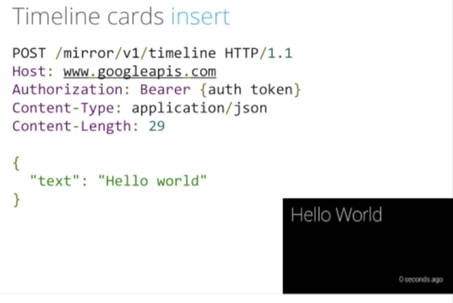ROME |
ROME (Reuters) - Italy's caretaker government said on Saturday it would pay 40 billion euros ($52 billion) that the state owes to private companies over the next 12 months, while vowing to stick within the European Union's deficit limit.
The cabinet approved a decree intended to provide funds to cash-strapped firms and help tackle a deep recession in the euro zone's third-largest economy. But some industry groups said it would be difficult for businesses to claim their money despite the measures.
The massive backlog of bills unpaid by Italy's public administration has long been a complaint by companies, which are having difficulty raising credit from banks that are facing increasingly tight credit conditions themselves.
Prime Minister Mario Monti said on Saturday that delayed payment of bills was "an unacceptable situation that has been accepted for a long time".
Monti, who continues to lead a caretaker government after an inconclusive February election, has been in talks with the European Commission, which is concerned about the impact the decree will have on Italy's deficit and its massive public debt.
The measures were originally due to be approved on Wednesday but were delayed due to doubts over how they would be funded.
Monti said on Saturday the government was committed to remaining within the European Union's fiscal deficit ceiling of 3 percent of gross domestic product.
"Economic policy is not changing course, and we don't believe that to revive the economy you have to create more public debt," he told a news conference.
Last month the government eased its deficit target for this year to 2.9 percent of GDP from a previous target of 1.8 percent, partly to allow the payments to private firms.
Local authorities lacking their own resources to pay bills will receive money from the central state, and will be asked to set out a plan to reimburse it within 30 years.
"We have to follow a path between the two requirements: to help our economy to recover ... and to maintain budget discipline," Economy Minister Vittorio Grilli said. "It's a narrow path but a path that is absolutely viable."
Grilli said the government planned to examine its fiscal performance again in September and the Economy Ministry would be able to adopt corrective measures if the deficit looked likely to breach the "precautionary" limit of 2.9 percent.
PAYMENTS COULD START MONDAY
He said payments to companies could begin as soon as the decree is published officially, expected as early as Monday.
Grilli is due to meet European Economic Affairs Commissioner Olli Rehn in Brussels on Monday to explain the new measures, a government source told Reuters.
Monti said he was hopeful Rome would be able in May to exit the European Commission's excessive deficit procedure, which imposes corrective measures on countries that exceed the deficit threshold.
Italy has been in political limbo for weeks with no party able to form a government while economic problems pile up.
Public finance data so far this year has not been encouraging, with borrowing in the first quarter higher than the same period of 2012.
The government says settling the bills will provide a cash injection for an economy now stuck in its longest recession for 20 years.
But it has proved difficult to find the money to pay the companies, most in the healthcare and construction sectors, which have total accumulated claims estimated by the Bank of Italy at some 90 billion euros at the end of 2011.
Italy will raise its target for government bond issuance in 2013 and 2014 to pay off a portion of the outstanding debts, a senior Treasury source told Reuters on Thursday.
Some industry groups criticised the decree on Saturday.
"The proposed mechanism makes it almost impossible for firms to recover what they are owed," said Carlo Sangalli, head of the small business association Rete Imprese Italia.
Giorgio Squinzi, head of Italy's biggest employers' lobby, Confindustria, told SkyTG24 television he wanted to see the final text of the decree, but warned that Italy was in a "desperate crisis" and "immediate action" was necessary.
Italy's biggest trade union, CGIL, said the decree, though slow to arrive, was a "positive signal that could provide oxygen to an economic system in serious difficulties".
Thousands of small Italian firms have gone bust since the beginning of the year, many of them unable to pay employees as they wait for the state to settle bills up to two years old.
(Additional reporting by Antonella Cinelli and Giselda Vagnoni; Editing by Kevin Liffey)
Source: http://feedproxy.google.com/~r/reuters/businessNews/~3/hPeNblnliUk/story01.htm
Mama Movie flyers epo suits PlayStation Network chip kelly NRA









 You only really need two things for a great party: beer and Super Smash Brothers. Plus, the two can work together in beautiful harmony: if you've lost your bottle opener, you can get that cap off with your Nintendo 64 controller.
You only really need two things for a great party: beer and Super Smash Brothers. Plus, the two can work together in beautiful harmony: if you've lost your bottle opener, you can get that cap off with your Nintendo 64 controller. 